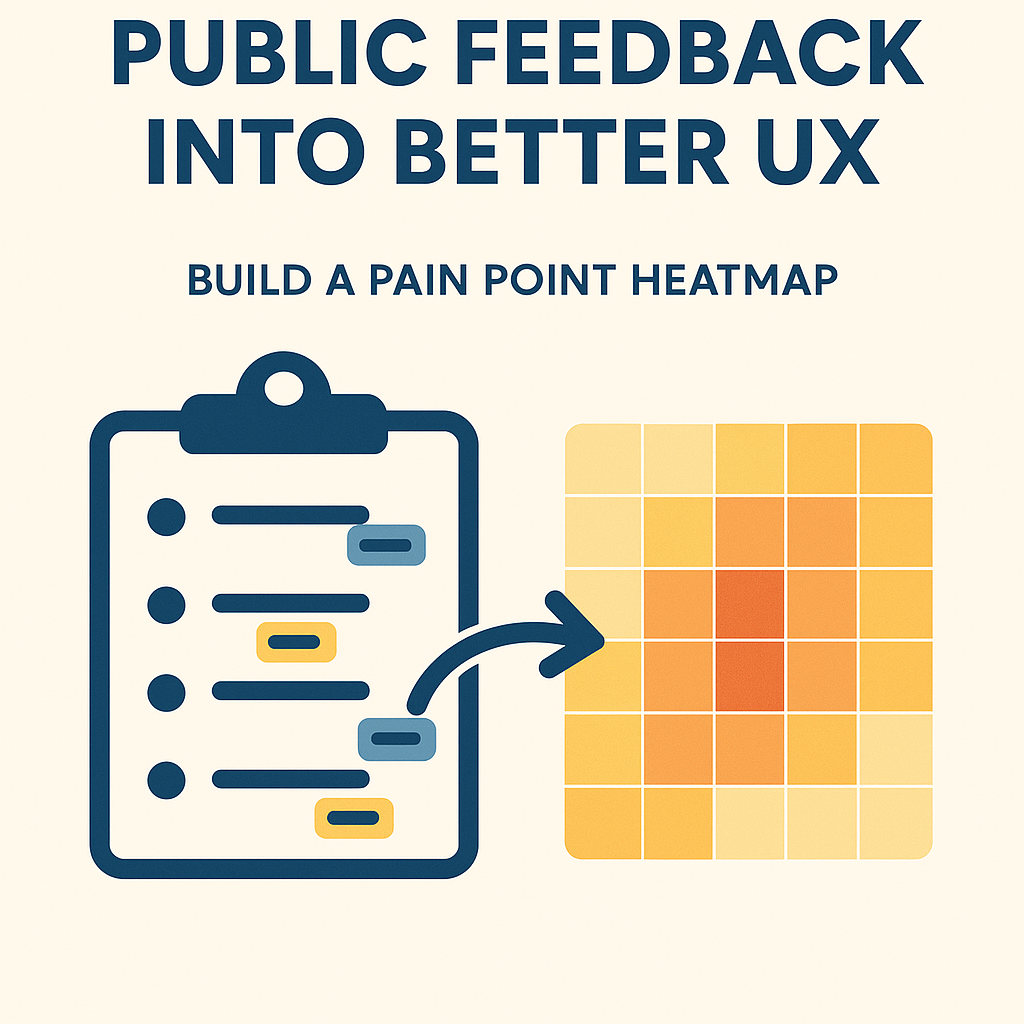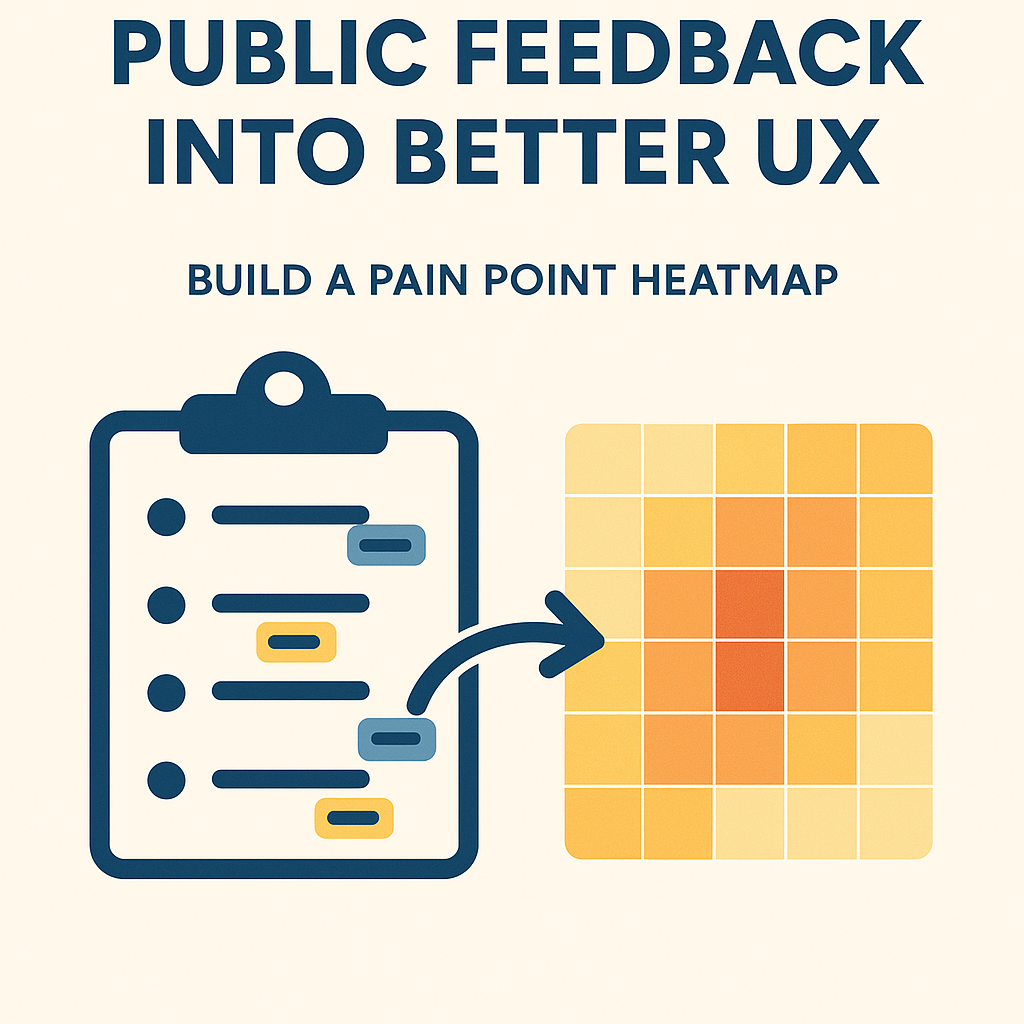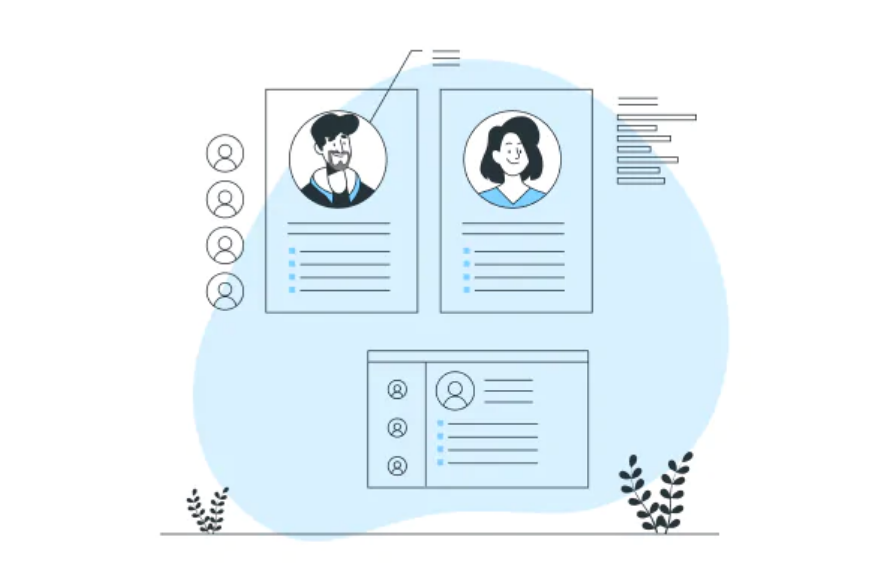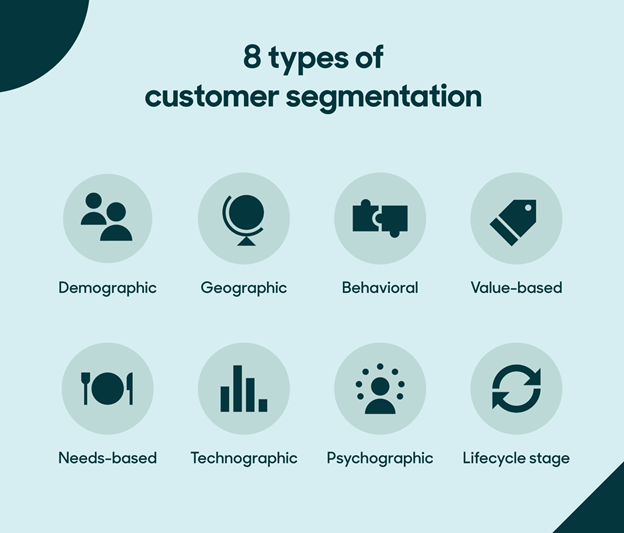Most UX teams track what’s easy to measure. They monitor conversion rates, scroll through analytics dashboards, and collect NPS scores. But the most honest product feedback rarely shows up in a spreadsheet. It happens in public.
Users complain on Twitter, leave one-star reviews, share screenshots in Slack groups, and post sarcastic comments on Reddit. These moments are often emotional and sometimes harsh, but they carry something valuable: raw, unfiltered signals about your user experience.
When someone takes the time to complain publicly, they are pointing at a friction point you may have missed. Maybe your navigation is confusing. Maybe your onboarding flow feels like a chore. Sometimes the product works as designed but not as expected, and that gap fuels public frustration.
Public feedback is an ongoing usability conversation happening in the real world. If you know how to listen, you can catch problems early, improve your product faster, and build a reputation for caring about users.
This article will show you how to do exactly that. You’ll learn how to extract insights from public comments, turn recurring complaints into action, and create a feedback loop that leads to better UX.
Why Public Feedback Beats Polished Surveys
Most companies collect feedback by asking users polite questions at polite times. They send out surveys. They run usability tests. They hold focus groups. While these methods have value, they also come with a catch. People act differently when they know they’re being watched.
Public feedback works differently. It happens in real time, in real contexts, and usually without a filter. This is where you catch the comments that people don’t edit for politeness. It’s where you find the frustrations they didn’t share in your carefully crafted survey because your survey didn’t ask the right question.
Real Users, Real Contexts
A customer filling out a post-purchase survey is in a different mindset than one trying to cancel a subscription at 11:47 PM after a frustrating day. Public feedback captures that second moment. It reflects how people feel when they run into trouble while using your product in their real environment. That’s where usability issues tend to reveal themselves.
Sarcasm Is a Signal
When someone tweets, “Can’t wait to get my PhD in ‘how to find the settings menu,’” that’s not just a joke. It’s a warning that your UX has gaps. Sarcasm usually points to frustration that has simmered long enough to spill into public view. Memes, snarky app reviews, and clever complaint posts are often faster at highlighting design problems than your scheduled usability test.
Hidden Use Cases Emerge
Your product team has documentation. You’ve mapped the user journeys. But real users don’t always follow the paths you planned. Public feedback often uncovers edge cases you didn’t think of (much like taking a tarp off a roof after a storm to see the extent of the damage). Maybe someone tried to use your checkout flow while switching between two currencies. Maybe someone assumed your onboarding process would save their place automatically. These comments reveal how people use your product, not how you think they should.
By paying attention to what people say publicly, you get a clearer picture of how your product fits (or doesn’t fit) into their lives. That information is too valuable to ignore.

Image Source: Freepik
Where to Find Unfiltered UX Signals
The loudest UX feedback rarely lands in your support inbox. It shows up in places your customer success team might not monitor closely. If you want the full picture of how people experience your product, you need to look beyond the usual channels.
Look Beyond the Helpdesk
Support tickets give you a filtered view. Users come there for solutions, not to explain what’s broken in your design. Public spaces tell a different story. People share frustrations in Twitter threads, app store reviews, and subreddit rants. They leave Product Hunt comments after trying out your new feature. Some even record TikTok stitches walking through a confusing checkout flow. These moments feel casual, but they’re rich with information your team can use.
When you only listen to direct complaints, you miss the side conversations happening about your product. These side conversations often reveal design flaws you didn’t see during testing.
Monitor but Don’t Stalk
Set up a system to catch public feedback without chasing every comment manually. Social listening tools help here, but you don’t always need complex enterprise software. Tools like CommentGuard monitor comments across Facebook and Instagram automatically, so you can catch UX complaints the moment they surface on social posts or ads.
This gives your team an early warning system for design issues users mention casually in comment threads, where formal tickets never get logged.
Tag the Feedback Properly
Once you start collecting public feedback, you’ll notice it comes in all shapes and tones. Some people complain about pricing. Others ask for new features. Then there are the comments that point to real UX issues, things like confusing navigation, clunky onboarding, or features that don’t behave as expected.
If you don’t tag this feedback properly, you’ll end up with a messy pile of data no one wants to sort through. Create categories that make sense for your team. Separate product confusion from pricing pushback. Log UX frustrations in a dedicated place so they don’t get lost next to unrelated requests.
This step turns random commentary into structured insight. It also makes it easier to spot recurring issues before they grow into reputation problems.
How to Distill Chaos into Actionable UX Insights
Collecting public feedback is the easy part. The hard part is turning that raw, chaotic stream of comments into something your product team can use. Most companies drop public feedback into a backlog and forget about it.
If you want insights that drive real UX improvements, you need a method for separating signal from noise.
Build a Pain Point Heatmap Instead of a Backlog Dump
A backlog list tells you what people said. A heatmap tells you what matters most.
Start by logging every piece of public feedback that touches on your product experience. Tag each one with the type of issue and the emotional tone behind it. Track how often specific problems come up and how much frustration they create.
Once you’ve logged enough data, visualize it. Use clustering tools or even a simple spreadsheet to create a “pain point heatmap.” Look for the hotspots where complaints overlap. A comment about confusing navigation might not feel urgent on its own. But if twenty people say the same thing across multiple channels in the same month, you’ve found a real problem.

This approach prevents your team from chasing the loudest complaint of the week and helps you prioritize based on real patterns.
Mine for Emotional Language
People don’t always say, “This is a UX issue.” They describe their feelings instead. That’s where the real clues live.
When someone says, “I got stuck halfway through onboarding,” that tells you something broke in your flow. When they say, “I gave up trying to cancel my subscription,” that’s a design failure, not just a customer service problem. Words like “confused,” “ugly,” “frustrating,” or “impossible” usually point to specific friction points in your product.
Neutral comments are fine for sentiment analysis. Emotional comments are better for UX insights. The more intense the emotion, the more likely there’s a design issue causing it. UX companies can help you interpret these emotional cues and improve the user experience effectively.
Don’t Ignore Humor
Jokes are often defense mechanisms. When people run into bad UX, they vent with humor because it feels better than writing an angry post. But those jokes usually point to real pain.
If a user tweets, “Thinking of teaching a class called ‘How to find the export button in this app,’” that’s not just sarcasm—it’s feedback. It tells you the interface is confusing enough to become a punchline.
Treat humor like any other data point. Log it, tag it, and look for patterns. If people keep making jokes about the same feature, that’s not a coincidence. That’s a UX problem wearing a costume.
Turn Complaints into Design Experiments
When users complain, they’re handing you a roadmap for improvement. The fastest way to use that roadmap is by turning those complaints into small, targeted design experiments.
Prototype Fixes Quickly
Skip the long reports. Build something users can try. A quick prototype solves more problems than a polished PDF, especially when addressing friction points related to complex sales automation workflows that confuse users. If users are stuck in your navigation, sketch a simpler version and test it. If the onboarding process feels like a maze, create a clickable mockup with fewer steps.
Once you have a prototype, test it with the same mindset you’d bring to real-world QA. Tools like Testpad can streamline this process. With its checklist-style test management system, you can quickly outline test steps, assign tasks, and track feedback in real time. This makes it easier to run UX experiments, capture user reactions, and adjust designs based on what happens during testing.
These experiments don’t need to be perfect. They need to answer one question: Did this change remove the friction?
Involve the Complainers
Invite the people who complained to try the new version first. Use collaborative tools to make this process smoother and more engaging. Platforms like Beekast let you collect real-time reactions, run interactive feedback sessions, and prioritize fixes together with the people who flagged the problem in the first place.
This turns testing into a shared process, not just a behind-the-scenes task. It also helps you capture honest input while it’s fresh, right in the middle of the session.
Track Changes in Public Sentiment
Once you release the fix, keep watching the same places where the complaints started. Did the jokes stop? Did the angry posts fade out? Sometimes the best feedback is silence because it usually means the problem went away.
If new complaints surface, log them and start the process again. Treat every round of feedback as another chance to fine-tune the product.
Conclusion
Public feedback is messy. It comes with emotions, humor, and the occasional brutal comment. But hidden inside that chaos is some of the most useful UX data you’ll ever get.
People won’t always describe problems like a product manager would. They’ll complain in tweets, leave sarcastic reviews, or post memes about your interface. That’s not ranting. It’s information about what’s broken in real life, not just in your user flows.
The teams that act on this type of feedback move faster. They don’t sit around waiting for perfect data. They listen, test small fixes, and stay connected to what users are saying.
UX problems don’t usually announce themselves with formal bug reports. They show up in jokes, angry posts, and screenshots shared in group chats. The fix you need is often hiding in those conversations.
When you start treating public feedback as a tool, you’ll stop guessing what to improve. You’ll know.
- How Incentives and Automation Shape the Future of User Experience - October 27, 2025
- How to Turn Public Feedback into Better UX - September 22, 2025
- Why Conversion Funnels Break and How to Find the Gaps with Usability Testing - July 8, 2025
![]() Give feedback about this article
Give feedback about this article
Were sorry to hear about that, give us a chance to improve.
Error: Contact form not found.




